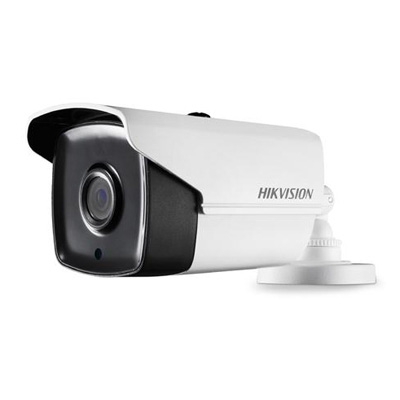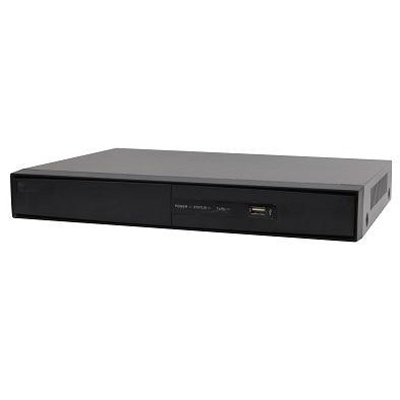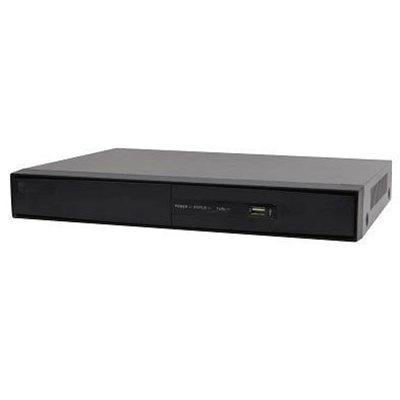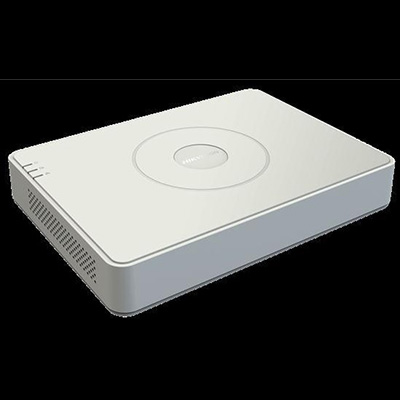Moxa’s new VPort 26A-1MP IP camera is the world’s first dome-type extreme weather HD IP camera designed to operate reliably in a -40 to 75°C temperature range —without a fan or heater. Designed for industrial applications, the VPort 26A-1MP is armed with rugged features for both day and night outdoor surveillance in harsh environments, and delivers superior video performance, DNR and WDR functions, and IP bandwidth optimisation.
“In keeping with Moxa’s emphasis on industrial reliability, the VPort 26-1MP is part of Moxa’s new generation of extreme weather IP cameras designed to operate in a -40 to 75°C temperature range, without a fan or heater, making the VPort 26-1MP suitable for both blistering hot deserts and sub-zero snow covered environments. TheVPort 26A-1MP’s robust IP66 standard metal housing and EN 62262 IK10 vandal-proof dome cover provide exceptional weatherproofing and protection, and the camera’s dehumidifying membrane keeps moisture out. In addition, the VPort 26-1MP is EN 50121-4 compliant, making it well suited for demanding railway, public safety, and high humidity applications, including tunnels, and offshore and heavy duty industries”, says Martin Jenkner, Business Development Manager Video Surveillance at Moxa.
Video optimisation
In addition to industrial-grade reliability, the VPort 26-1MP provides sharp surveillance images, even in poor lighting conditions, and delivers 1280 x 720 HD resolution at 30 FPS simultaneously over three video streams (2 x H.264 plus 1 x MJPEG). Its vari-focal megapixel lens offers a 3-9 mm focal length for exceptional quality and zoom, and the removable IR cut filter ensures that images can be captured both day and night. The video quality is further sharpened with built-in DNR (digital noise reduction) and WDR (wide dynamic range) technologies that help users improve video visibility to identify image details, such as faces and license plates, even as the target moves quickly between bright and dark environments.
Bandwidth adaptation
The VPort 26-1MP uses H.264 compression to maintain image quality while reducing the required amount of storage space and bandwidth. In response to dynamic network traffic conditions, the VPort 26-1MP uses Moxa’s own DynaStream flexible frame rate control technology to automatically adjust bandwidth. With DynaStream, user-defined priority settings on network traffic ensure network quality of service. The VPort 26-1MP can increase the frame rate when emergency events occur, and preserve bandwidth for other higher priority packet flows during normal operation.
For channels with limited bandwidth, the VPort 26-1MP uses Moxa’s CBR Pro flow control technology to prevent image distortion when the channel is overloaded. Unlike normal CBR (constant bit rate) operation, to minimise packet loss Moxa’s CBR Pro algorithm stores packets in a buffer and then processes them into the optimal image format based on the limitations imposed by the channel. The VPort 26-1MP has one SDHC socket that provides up to 32 GB of local storage to save important data in the event of a network outage.
Interoperability and integration
The VPort P26-1MP model combines 5.8 W power consumption and IEEE 802.3af Power-over-Ethernet technology to enable simple and cost saving installation for hard-to-wire outdoor applications. Both the VPort 26A and VPort P26A-1MP provide ONVIF-compliant interoperability for easy integration with any third party surveillance system. Moxa’s IP camera products support interoperable features for seamless integration with major surveillance platforms such as Milestones and Genetec. Users can simply add Moxa’s extreme weather IP cameras as to surveillance systems used for license plate recognition, transportation, and other applications.
Discover how AI, biometrics, and analytics are transforming casino security



























